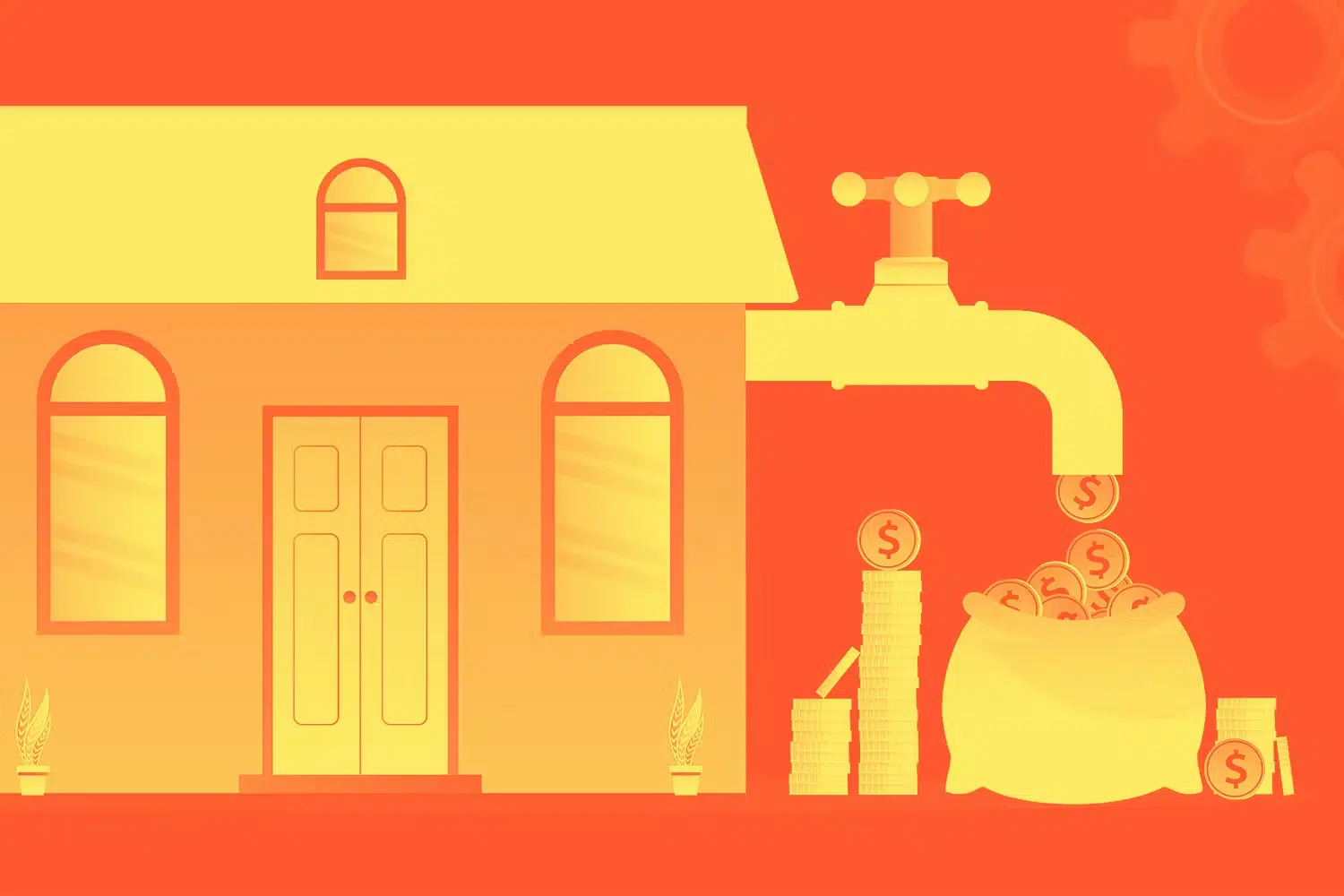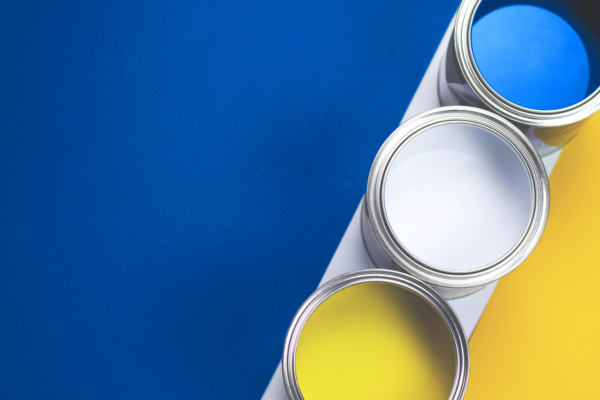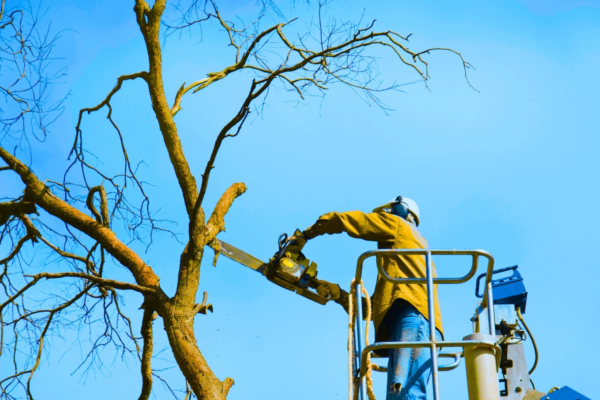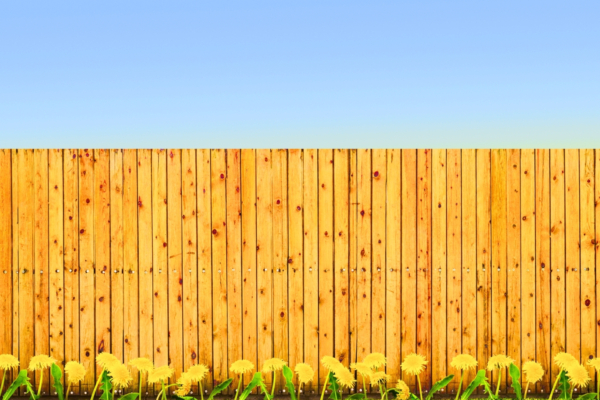
Increasing Your Home Value: Where to Start

Whether you imagine yourself floating peacefully in a new swimming pool, entertaining friends outside on your patio, or even just fixing the leaky roof that acts up during summer storms—there’s no limit to home improvements that will add to your quality of life now and the value of your home when you sell. But there are some projects that will give you more return on your investment, like garage door replacements, deck addition, and siding replacement.
Deciding Where to Start on Home Improvements
There’s no one right way to approach home improvement projects, but it can be difficult to decide where to start. Which projects will be worth your time and money? Which will provide the greatest return on your investment? Which should be saved for last? If you don’t know where to start, ask yourself the following questions.
1. What is my budget?
One of the biggest factors to consider is the money you want to spend on your home improvements. The possibilities with a $10,000 budget are vastly different than a $100,000 budget.
While you should factor your cash savings into your budget, the money you have on hand doesn’t necessarily have to be a limiting factor. You should also consider your loan options. Homeowners can take advantage of several home improvement loan products that are perfect for helping you tackle your dream projects.
Ready to tackle your next home improvement project?
Have you heard about our Homeowner Express Loan? Homeowners can get a lower rate on a personal loan for small–or large!–home improvement projects, without tapping into their home equity.
2. Do I want a DIY project or will I hire a professional?
Are you comfortable with power tools or do you steer clear of a project if it requires anything beyond a screwdriver? Your ability to do some projects may depend on your willingness to hire a professional to get the job done.
3. Which projects logistically need to come first?
When taking on several projects, it’s important to consider the logistics of what needs to happen first.
For instance, if you plan on installing an irrigation system and redoing your flower bed, it makes sense to install the irrigation first. Otherwise, you may be trampling on and digging up your freshly planted bed to install water lines and sprinklers.
Some projects will have no bearing on others, but it’s always important to stop and think about the order of operations when it comes to home improvements.
4. What are the best improvements for increasing home value?
Next, consider which projects will provide the greatest return on your investment when you sell. Keep in mind that more expensive projects don’t necessarily mean a better return.
Swimming pools, for example, is a project that people often think will add a lot of value to their home.
But this is often not the case.
Pool owners, on average, recoup less than 40% of the money that they put into the project. These are dismal numbers compared to other projects like garage door replacements, which have an average return of 93.3%. Pools can cost upwards of $30,000 while a garage door replacement costs around $4,000.
Each year, Remodeling releases a Cost vs. Value Report, which examines the return on investment of popular home improvement projects.
Here are some of the projects with the highest returns nationally.
- Garage door replacement: 93.3%
- Manufactured stone veneer installation: 91.4%
- Minor kitchen remodel: 71.2%
- Siding replacement (fiber-cement): 68.3%
- Window replacement (vinyl): 67.5%
- Siding replacement (vinyl): 67.2%
- Window replacement (wood): 66.3%
- Deck addition: 64.8%
- Entry door replacement: 63.8%
Researching average returns for home improvement projects before you get started can help you determine which projects have the most bang for their buck.
5. What needs the most attention?
Think about what needs attention in your home. Do you have leaky faucets? Bad wiring in the spare bedroom? A banister that’s chipped and worn? The best project for your house may differ from the best project for your neighbor’s house.
Start with the basics. If you need to upgrade windows, plumbing, or other aging essentials, that’s almost always going to be a better use for your money than more discretionary projects.
6. What projects have mass appeal?
When increasing home value, remember to think in terms of mass appeal. An upgraded kitchen is going to please just about every buyer, but a movie room or customized office space may not be everyone’s cup of tea.
Steer clear of bold colors, unusual finishes, and ultra-customized features. Opt for neutral tones and multi-purpose rooms that a buyer can make their own. Before sinking a lot of money into a home renovation, think about how hard it would be to find a buyer who is going to prioritize and be willing to pay for it.
7. What level of disruption will the projects cause in my day-to-day life?
Your mind may be on selling the home in the future. It’s worth thinking about how your home improvement projects will affect your present.
Will you need to find a temporary place to stay while painters redo all of the bedroom paint jobs? Will you be without internet or power while an electrician installs new wiring? Will you need to find a place to put your furniture while flooring pros install new laminate throughout the house?
This may not be a huge factor, but thinking about how home improvement projects will affect your day-to-day life can help you plan better.
Getting Started
Once you have the answers to these seven questions, analyze your list of potential projects.
Home renovations that check the most boxes should be prioritized first, while ones that check fewer may be able to wait. You might find that fun projects like installing a new hot tub might have taken a backseat to boosting curb appeal with a new front door or an interior paint job.
Remember that the projects that add the most value may not be your first choice of home improvements. However, with more cash in your wallet after you sell, you can focus on making your next house a home that you love!




